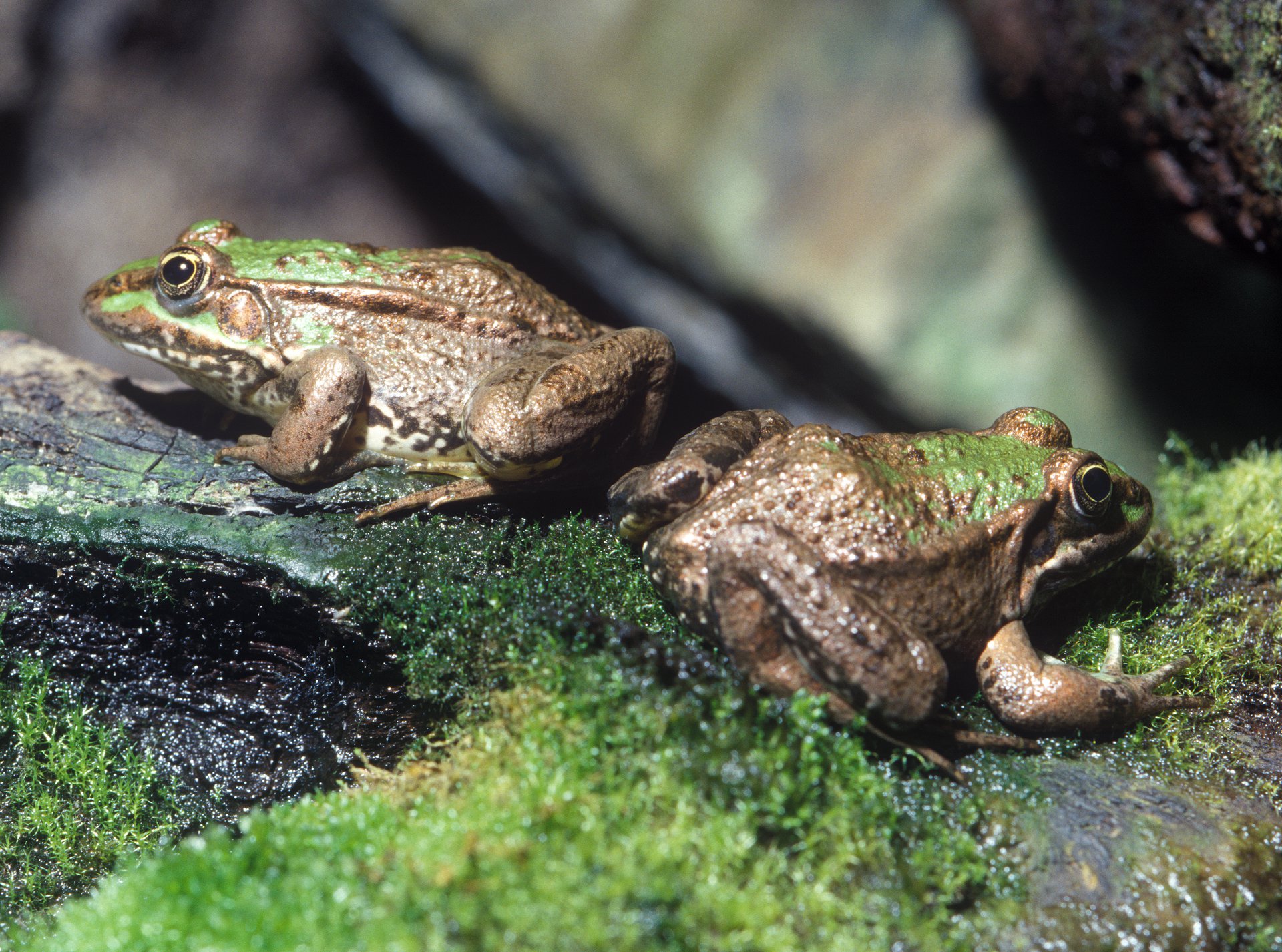Temperature
Despite the fact there are fewer species of animals and plants in a colder climate than in the tropics, the bacteria on amphibian skin are in fact more diverse. An important reason for this considerable diversity is the fluctuation in temperature in a temperate climate. In the Netherlands, it freezes in winter and temperatures rise above 30⁰C in summer. With cold-blooded creatures, such as amphibians, the skin is as hot or cold as the environment. Here, different bacteria thrive in summer than in winter, and as a result there are no specific types that dominate. In the tropics, it is always hot and fast-growing bacteria prevail. Consequently, other bacteria never get the chance to establish themselves on amphibian skin.
Frog legs
Amongst amphibians, the American bullfrog is the ideal candidate for studying the skin microbiome worldwide. Because it is often the source of frog legs intended for human consumption, this species can be found everywhere in the world.
Scientists also hope to use microbes to develop a probiotic treatment for amphibian skin. This entails introducing certain bacteria on amphibians' skin to cure or even prevent a deadly skin disease. The disease is caused by the chytrid fungus and is highly contagious.
Source: ScienceDaily , ResearchGate

